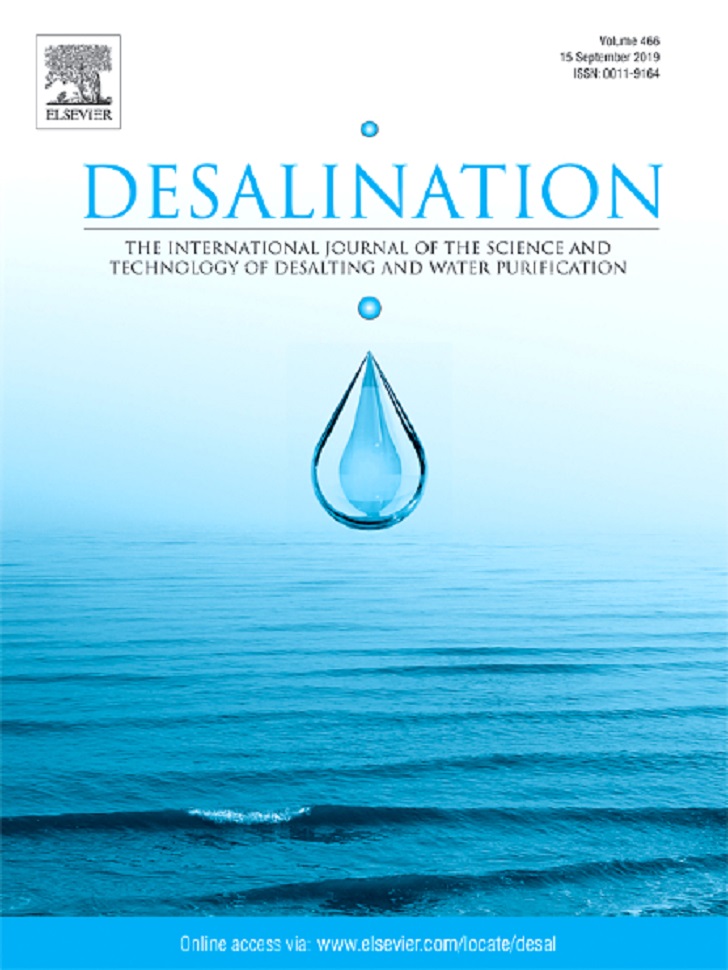
A group of researchers from the Chinese Academy of Sciences has successfully created a new thin film nanocomposite (TFN) reverse osmosis (RO) membrane, which shows enhanced water flux and salt rejection as well as good protein fouling resistance during desalination.
The recent development of 2D nanomaterials has enabled the creation and modification of thin film nanocomposite (TFN) RO membranes, which offer a new way to modify the membrane structure, mechanical strength, surface hydrophilicity, surface charge, charge density and surface roughness in the polyamide (PA) skin layer.
The research, detailed in the Elsevier journal, Desalination (Volume 545, 15 March 2019, Pages 48-58), was led by Professor Zhang Kaisong from the Institute of Urban Environment, Chinese Academy of Sciences.
The TFN RO was modified by 2D laminar molybdenum disulfide (MoS2) which improved its desalination performance. The research showed that the modified TFN membrane had improved water flux, salt rejection as well as its protein fouling resistance which was attributed to the improved membrane surface hydrophilicity.
It is believed that TFN RO membranes modified with 2D nanomaterial with special properties may represent the next generation of high-performance RO membranes in water desalination.


